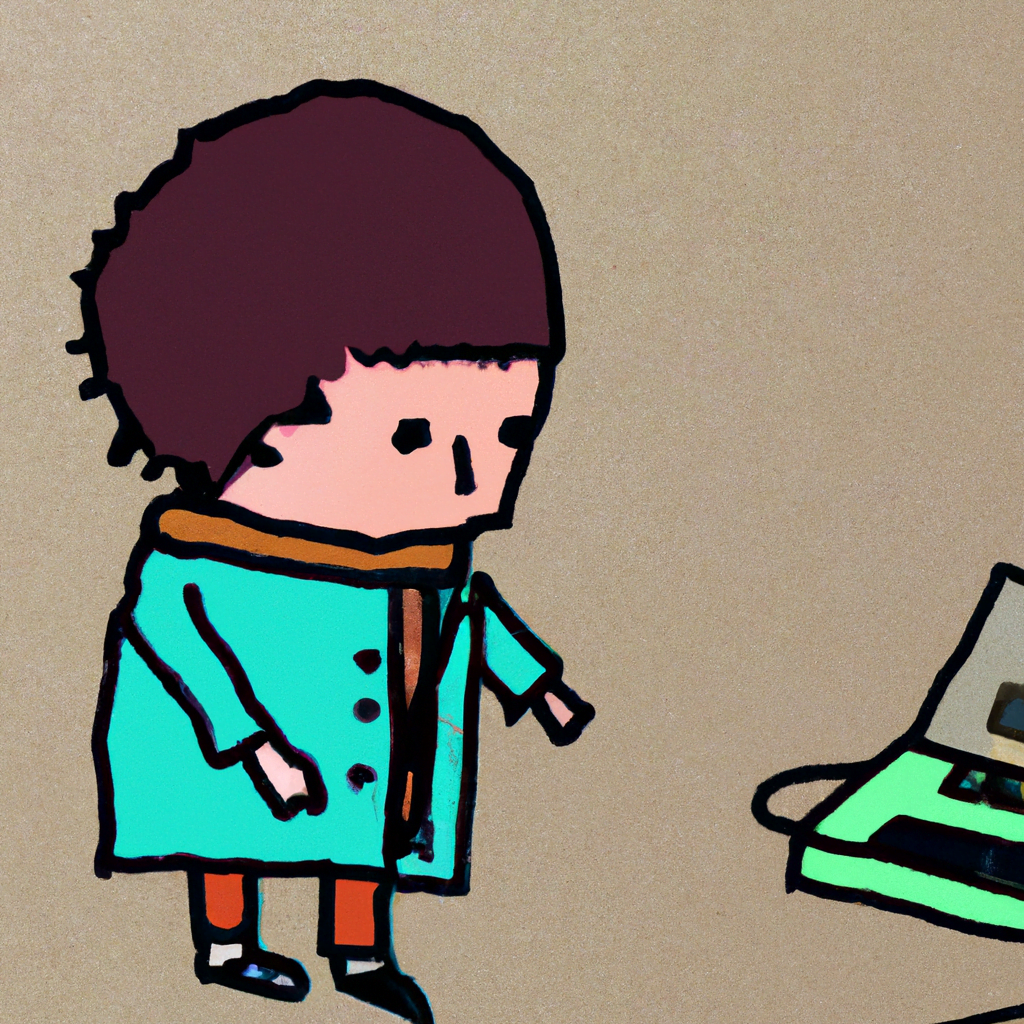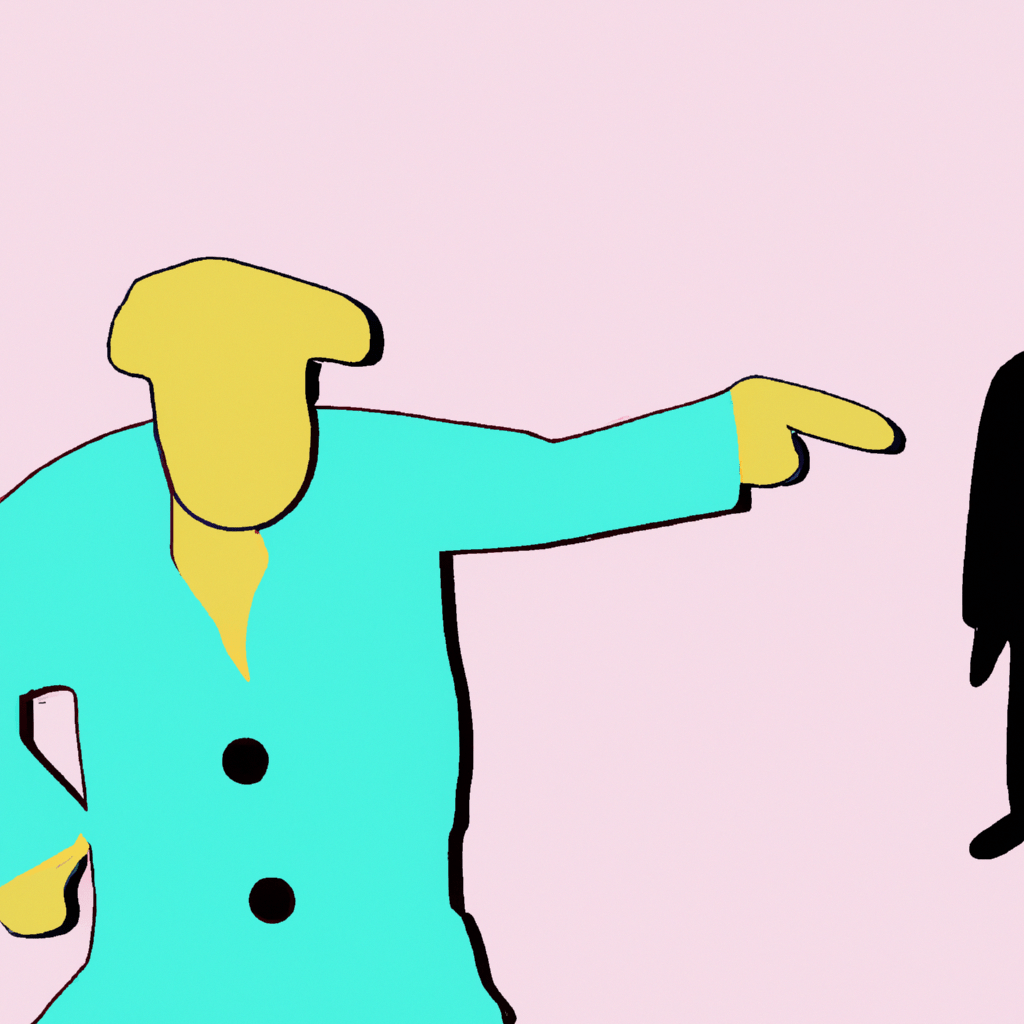
Mastering the Art of Character Illustration

Character illustration is a powerful form of visual storytelling that has the ability to captivate and engage audiences across various mediums. Whether it’s in animation, video games, or children’s books, well-designed characters can leave a lasting impression and become iconic symbols of their respective narratives. In this article, we will explore the key elements and techniques involved in mastering the art of character illustration.
The Importance of Character Design
Character design plays a crucial role in the success of any visual storytelling medium. A well-designed character not only enhances the narrative but also helps to establish a strong connection between the audience and the story. Here are a few reasons why character design is important:
- Visual Appeal: Characters with visually appealing designs are more likely to grab the attention of the audience and leave a lasting impression.
- Storytelling: Characters can convey emotions, personality traits, and motivations through their design, helping to drive the narrative forward.
- Brand Identity: In the case of commercial projects, characters can become the face of a brand, creating a recognizable and memorable identity.
The Key Elements of Character Design
Creating a compelling character illustration involves considering several key elements. Let’s take a closer look at each of these elements:
1. Silhouette
The silhouette of a character is its outline or shape. A strong and recognizable silhouette is essential for creating visually appealing characters. A well-designed silhouette should be distinct and easily recognizable, even when viewed from a distance or in small sizes. For example, the silhouette of Mickey Mouse is instantly recognizable due to its unique shape.
2. Proportions
Proportions refer to the relative sizes and dimensions of different body parts. Understanding and manipulating proportions can help create characters with unique and memorable designs. For instance, elongated limbs can give a character a sense of elegance, while exaggerated features can add a touch of humor or expressiveness.
3. Anatomy
A solid understanding of human anatomy is crucial for creating believable and realistic characters. Even when designing stylized or fantastical characters, a basic knowledge of anatomy helps maintain a sense of believability. Artists should study the skeletal structure, muscles, and proportions of the human body to create characters that move and interact realistically.
4. Color and Lighting
Color and lighting play a significant role in character design. The choice of colors can convey emotions, personality traits, and cultural associations. For example, warm colors like red and orange can evoke feelings of energy and passion, while cool colors like blue and green can create a sense of calmness or mystery. Additionally, lighting can be used to highlight certain features or create dramatic effects, enhancing the overall impact of the character.
5. Expressions and Gestures
Expressions and gestures are essential for conveying emotions and personality traits. A character’s facial expressions and body language can communicate a wide range of emotions, from joy and excitement to sadness and fear. Understanding how to capture these expressions and gestures in an illustration is crucial for bringing characters to life.
Techniques for Mastering Character Illustration
Now that we have explored the key elements of character design, let’s delve into some techniques that can help artists master the art of character illustration:
1. Research and Reference
Before starting the character design process, it is essential to conduct thorough research and gather visual references. Research can include studying existing character designs, exploring different art styles, and understanding the cultural or historical context of the character. Visual references can help artists understand the details of anatomy, clothing, and accessories, ensuring accuracy and believability in their illustrations.
2. Sketching and Iteration
Sketching is a crucial step in the character design process. Artists should experiment with different poses, expressions, and variations of the character to find the most compelling design. Iteration is key to refining the character’s appearance and ensuring that it aligns with the intended narrative and audience. Artists should be open to feedback and willing to make changes to improve the character’s design.
3. Storytelling through Design
Character design should go beyond aesthetics and contribute to the overall storytelling. Artists should consider the character’s background, personality, and role in the narrative when making design choices. For example, a heroic character may have strong and confident features, while a villainous character may have sharp and menacing traits. Every design element should serve a purpose and contribute to the character’s story.
4. Experimentation with Style
Artists should not be afraid to experiment with different art styles and techniques. Trying out various styles can help artists find their unique voice and create characters that stand out. Whether it’s a realistic style, a cartoonish approach, or a combination of different influences, finding a style that resonates with the artist’s vision is crucial for mastering character illustration.
5. Feedback and Collaboration
Seeking feedback from peers, mentors, or the target audience can provide valuable insights and help artists improve their character designs. Collaborating with others, such as writers or animators, can also contribute to the development of well-rounded characters that fit seamlessly into the larger narrative. Constructive criticism and collaboration can push artists to grow and refine their skills.
Case Studies: Iconic Character Illustrations
Let’s take a look at a few case studies of iconic character illustrations that have left a lasting impact:
1. Mickey Mouse
Mickey Mouse, created by Walt Disney, is one of the most recognizable and beloved characters in the world. Mickey’s design features a distinct silhouette with circular ears and a rounded body. The simplicity of his design allows for easy animation and merchandise adaptation, contributing to his enduring popularity.
2. Pikachu
Pikachu, from the Pokémon franchise, is another iconic character illustration. Pikachu’s design combines elements of a mouse and a rabbit, resulting in a cute and approachable appearance. The character’s bright yellow color and lightning bolt-shaped tail make it instantly recognizable, even to those unfamiliar with the franchise.
3. Spider-Man
Spider-Man, created by Stan Lee and Steve Ditko, is a superhero character known for his distinctive red and blue costume. Spider-Man’s design incorporates elements of a spider, such as the web pattern on his suit and the ability to climb walls. The character’s dynamic poses and expressive mask contribute to his popularity as a visually striking and relatable superhero.
Summary
Mastering the art of character illustration requires a combination of technical skill, creativity, and storytelling ability. By understanding the key elements of
